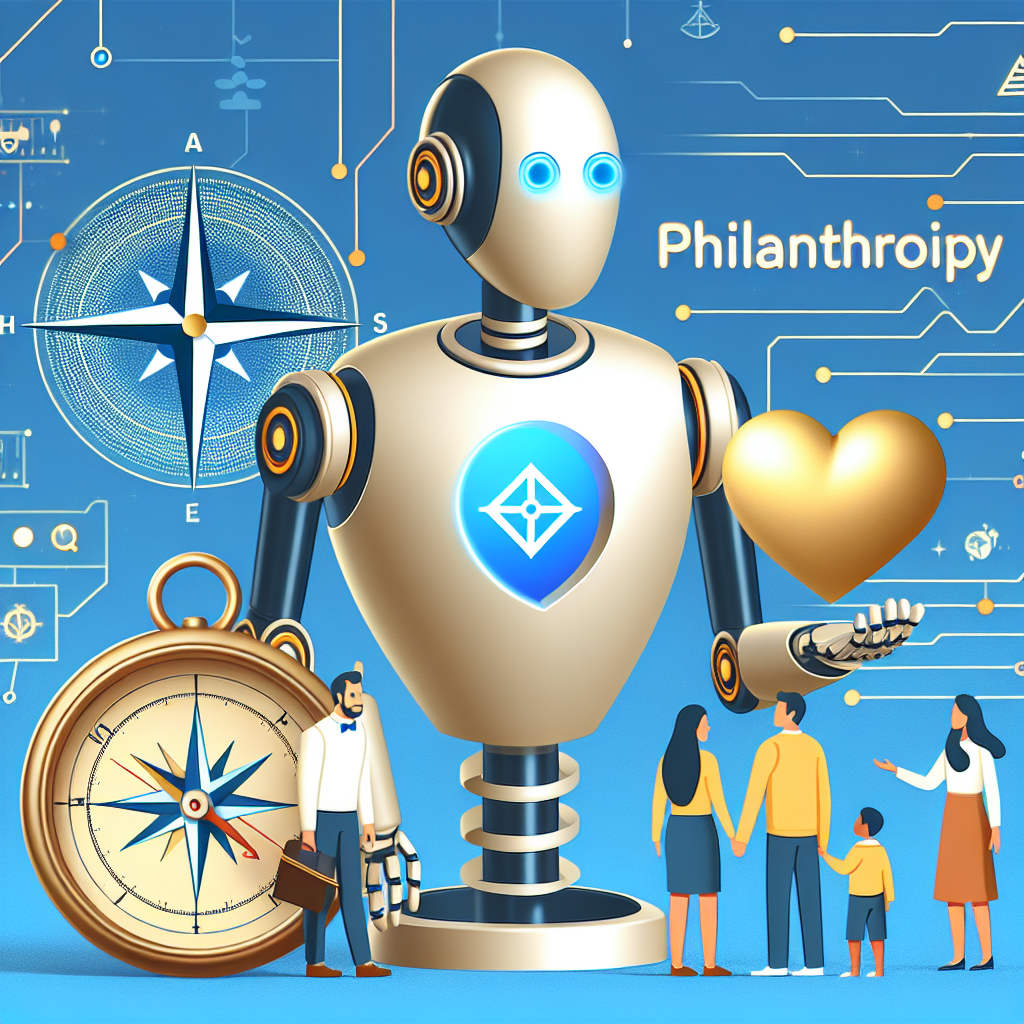The Ethical Implications of AI in Philanthropy: Navigating the Future of Giving
Artificial intelligence (AI) has become a powerful tool in philanthropy, offering new opportunities for organizations to streamline operations, analyze data, and make more informed decisions. However, the use of AI in philanthropy also raises ethical concerns that must be carefully considered as the sector navigates the future of giving.
AI has the potential to revolutionize the way philanthropic organizations operate, enabling them to more effectively target their efforts, measure impact, and optimize their resources. With AI-powered tools, organizations can analyze vast amounts of data to identify trends, predict outcomes, and make data-driven decisions. This can lead to more efficient and effective philanthropic initiatives, ultimately benefiting those in need.
However, the use of AI in philanthropy also raises ethical questions that must be addressed. One of the key concerns is the potential for bias in AI algorithms. AI systems are only as good as the data they are trained on, and if that data is biased, the algorithms will produce biased results. This can lead to inequities in the distribution of resources and services, undermining the very goals of philanthropy.
Another ethical concern is the lack of transparency in AI systems. Many AI algorithms are complex and opaque, making it difficult for users to understand how they work and why they produce certain results. This lack of transparency can make it challenging to hold AI systems accountable for their decisions, raising questions about fairness and trust.
Privacy is also a significant ethical issue in the use of AI in philanthropy. AI systems often rely on large amounts of personal data to make predictions and recommendations, raising concerns about how that data is collected, stored, and used. Organizations must ensure that they are following best practices for data privacy and security to protect the rights and interests of individuals.
Finally, there is the concern of job displacement. As AI technology advances, there is the potential for certain tasks and roles in philanthropy to be automated, leading to job losses for human workers. Organizations must consider the impact of AI on their workforce and take steps to reskill and retrain employees to adapt to the changing landscape.
To address these ethical concerns, philanthropic organizations must take a proactive approach to the use of AI. This includes implementing ethical guidelines and principles for the development and deployment of AI systems, ensuring transparency and accountability in decision-making processes, and prioritizing the protection of privacy and data security.
FAQs:
Q: How can philanthropic organizations ensure that AI algorithms are unbiased?
A: Philanthropic organizations can ensure that AI algorithms are unbiased by carefully selecting and curating the data used to train the algorithms, testing the algorithms for bias before deployment, and regularly monitoring and auditing the algorithms for bias in practice.
Q: How can philanthropic organizations promote transparency in AI systems?
A: Philanthropic organizations can promote transparency in AI systems by documenting and openly sharing information about how the systems work, including the data used, the algorithms employed, and the decision-making processes. Organizations can also engage with stakeholders to gather feedback and input on the use of AI.
Q: What measures can philanthropic organizations take to protect privacy in AI systems?
A: Philanthropic organizations can protect privacy in AI systems by implementing robust data privacy and security protocols, obtaining explicit consent from individuals before collecting and using their data, and regularly reviewing and updating data privacy policies to ensure compliance with relevant regulations.
Q: How can philanthropic organizations mitigate the impact of job displacement due to AI technology?
A: Philanthropic organizations can mitigate the impact of job displacement due to AI technology by investing in workforce development and training programs, providing opportunities for employees to upskill and reskill, and creating new roles and positions that leverage human strengths and capabilities alongside AI technology.

